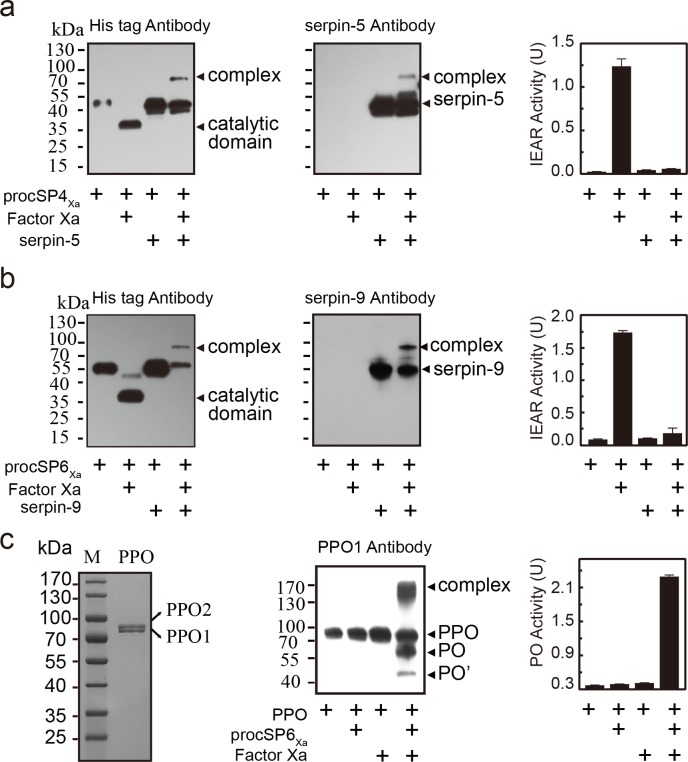Fig 6. Serpin-5 and serpin-9 inhibit cSP4 and cSP6 activity to prevent PPO activation.
(a) SDS-stable complex formation between serpin-5 and cSP4Xa. 50 ng procSP4Xa was activated by 400 ng factor Xa and then incubated at room temperature for 10 min with serpin-5 at a molar ratio of 5:1 (serpin-5:cSP4Xa). In control reactions, cSP4Xa or factor Xa were omitted. The samples were subjected to immunoblot analysis using antibody against His-tag (left panel) or serpin (middle panel). The serpin-cSP4Xa complex bands are marked by arrowheads. In the immunoblot analysis using antibodies against His-tag, the amount of loading sample in the second lane was six times the expected amount to visualize the band. Amidase activity of the mixtures was measured using IEAR substrate at 405 nm (right panel). (b) SDS-stable complex formation between serpin-9 and cSP6Xa. (c) 5 μg purified hemolymph PPO from naïve 5th instar larvae was subjected to SDS-PAGE (left panel) and then purified hemolymph PPO was activated by cSP6Xa. 50 ng procSP6Xa was activated by factor Xa, and then incubated with 100 ng PPO at room temperature for 10 min. The mixture was subjected to immunoblot analysis using PPO1 antibody (middle panel) or used to measure PO activity (right panel). All data are represented as mean ± s.e.m of three independent experiments.

